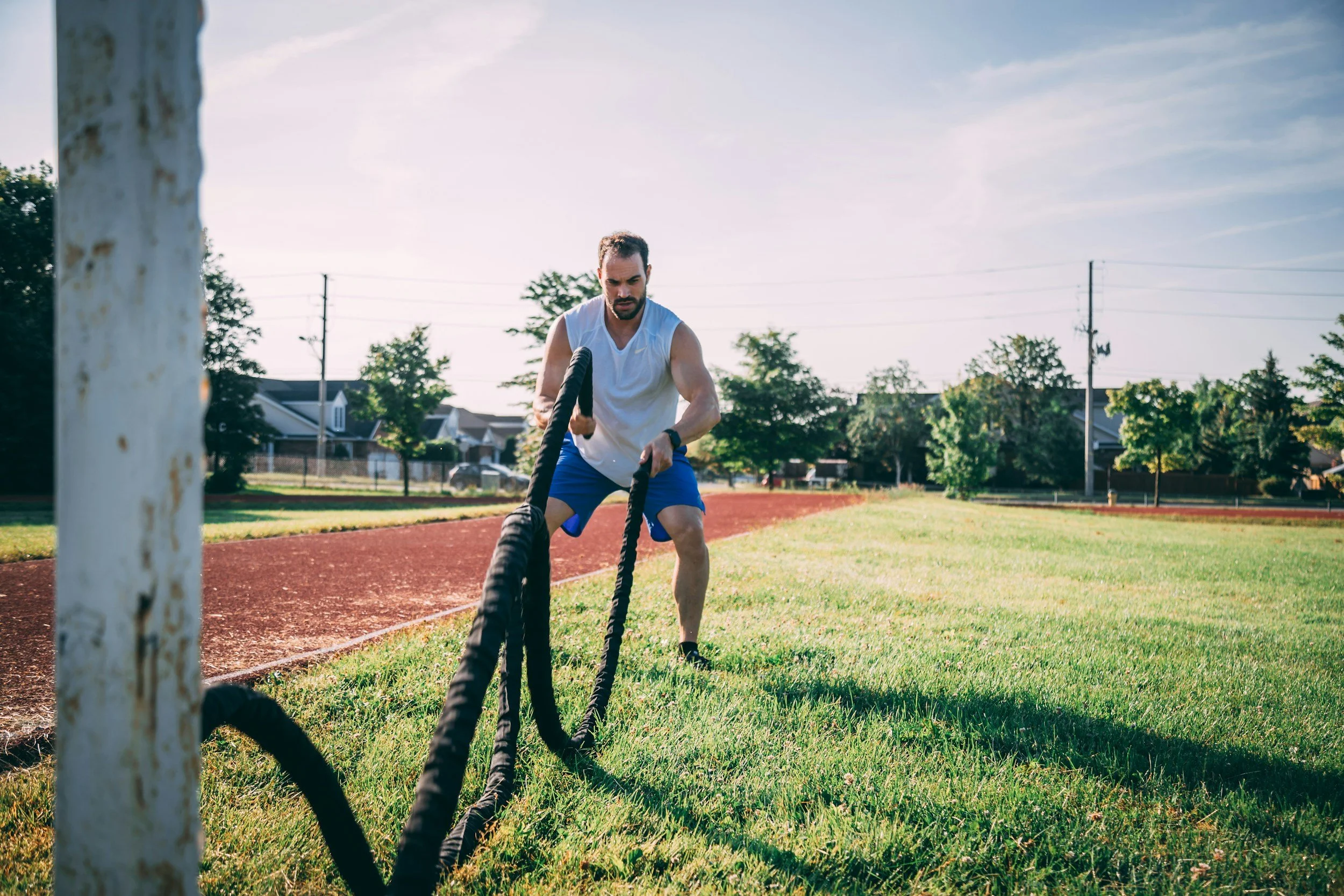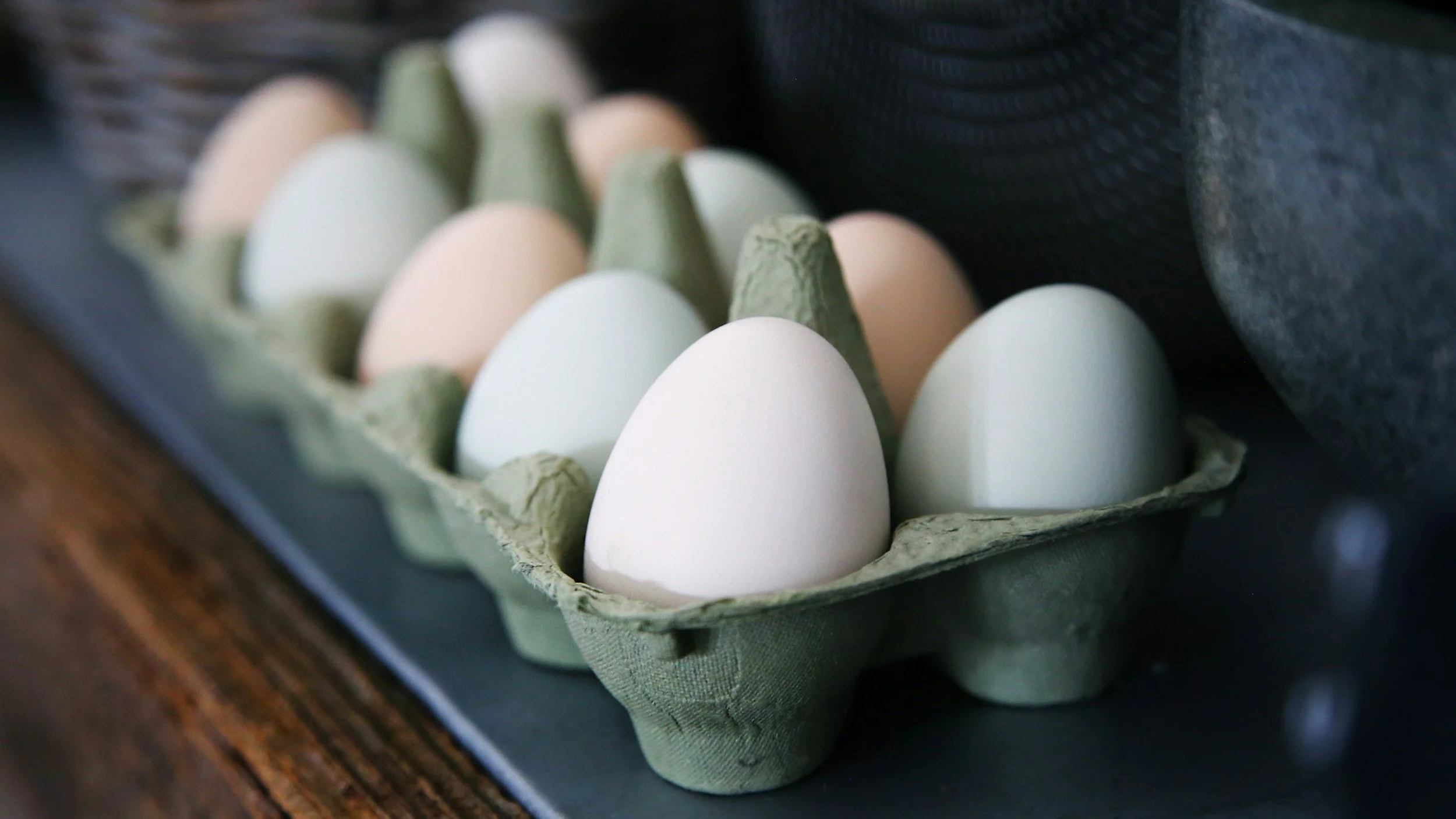The Power of Protein
Protein gets a lot of attention in the world of fitness and for good reason. Whatever your workout style, protein plays a key role in how your body recovers, builds strength, and stays energised.
It helps to repair muscles, supports a healthy metabolism, and keeps you feeling full and satisfied for longer. No matter your fitness level or goals, including enough protein in your daily routine can make a big difference in how you feel and perform. But the truth is that protein isn’t just for fitness enthusiasts, it’s essential for everybody. Whether you're doing regular workouts, walking the dog, or simply trying to support your overall health, getting enough protein can help you feel stronger, recover better, and keep your body running smoothly.
Let’s take a look at why protein matters and some realistic ways to add more of it to your diet.
So, What Does Protein Actually Do?
Protein is one of the three main macronutrients your body needs (along with carbohydrates and fats). It’s made up of amino acids, and you can think of it as the building blocks your body uses to repair and rebuild itself.
Here’s why protein is so important:
Supports muscle repair and growth (especially after exercise)
Helps build and repair bones, cartilage, skin and blood
Crucial for maintaining bone density and strength
Keeps you satiated so fuller for longer, helping regulate your appetite and manage your weight by reducing calorie intake
Helps maintain a healthy immune system
Plays a role in the making of hormones, enzymes, and cell function
Protein and Exercise - A Powerful Pair
When you exercise, especially strength training or high-intensity workouts, like we do at bootcamp, it causes tiny tears in your muscles - don’t worry, this is a good thing! Protein then helps repair and rebuild those muscles, making them stronger and bigger over time. It’s recommended to get about 35 grams of protein (for women who are perimenopausal or older this recommendation amount increases) into your system within about 30-60 minutes after exercise as this is the optimal time for your muscles to receive these nutrients, (for women within 30 minutes is ideal).
Getting protein after exercise can:
Improve recovery
Reduce muscle soreness
Support lean muscle development
Help with energy and performance over time
Protein helps your body bounce back and stay strong, making it ready to hit your next session and to continue to progress in becoming fitter and stronger.
Everyday Ways to Get More Protein
The daily recommended amount of protein in active individuals is 1.4-2.2 grams per kilogram of bodyweight, depending on age, overall health and activity level.
You don’t need to overhaul your diet to get more protein, just make a few small changes that you can be consistent with. Here are some simple ideas to start with:
1. Start with Breakfast
It’s important to consume a breakfast high in protein, whatever time you choose that to be because your body is coming out of a fasted state (because you have been asleep). This helps to stabalise your blood sugar, manage hunger and cravings and build and repair muscle tissue. High protein options include:
Adding protein powder to your morning coffee, (great if you’re not a big eater)
Eggs, however you like them, (scrambled, poached, hard boiled, omelette)
Tofu scramble
Greek yogurt, cottage cheese or kefir, add berries, seeds or nuts
Salmon or lean meats like chicken or turkey
Add nuts, seeds, or protein powder to your smoothie or overnight oats
Swap white refined carbohydrates for wholegrain options
2. Power Up Your Snacks
Hummus and veggies or wholegrain pitta
Hard-boiled eggs
Roasted chickpeas or edamame beans
Cheese with wholegrain crackers
A protein bar (just check for a balance of ingredients)
Handful of nuts (peanuts, almonds and pistachios have the highest amounts)
3. Level Up Your Plate at Meals
Add beans, lentils, tempeh, or tofu to salads
Include chicken, fish, eggs, or lean meats
Explore different grains like quinoa, buckwheat, spelt and wild rice
Add a sprinkle of nuts or seeds to roasted veggies, soups, or grain dishes
4. Keep it Varied
Whatever your dietary preferences there are plenty of protein sources to choose from. Here are just a few:
Animal-Based
Eggs
Greek yogurt
Chicken or turkey
Fish and seafood
Cottage cheese
Milk or kefir
Plant-Based
Lentils
Beans (chickpeas, kidney, black)
Tofu or tempeh
Edamame
Quinoa and other wholegrains
Nuts, seeds, nut butters
5. Boost Your Intake with Protein Powders
There are plenty of protein powders on the market that cater for different dietary requirements, and these can be a convenient way to increase your protein intake. They can be added to yoghurt, oats, smoothies and even your morning coffee. They should not be used as a replacement for a healthy and balanced diet, but they can certainly support it. Look for one with a short ingredients list and watch out for added sugars and sweeteners, fillers and thickeners and ensure that it contains all 9 essential amino acids. Do your research and find a reputable brand.
How Much Protein Do You Really Need?
The daily recommended amount of protein in active individuals is 1.4-2.2 grams per kilogram of bodyweight, depending on age, goals, overall health and activity level.
It doesn’t need to be exact—just focus on including protein at each meal and snack to spread it throughout the day.
A Final Note
It goes a long way towards feeling better, stronger, recovering faster, and staying energised by prioritising protein in each meal or snack. It’s about giving your body what it needs to keep progressing in your training and to build more muscle, as well as maintaining your current muscle mass which is key to staying active and independent as we get older.




